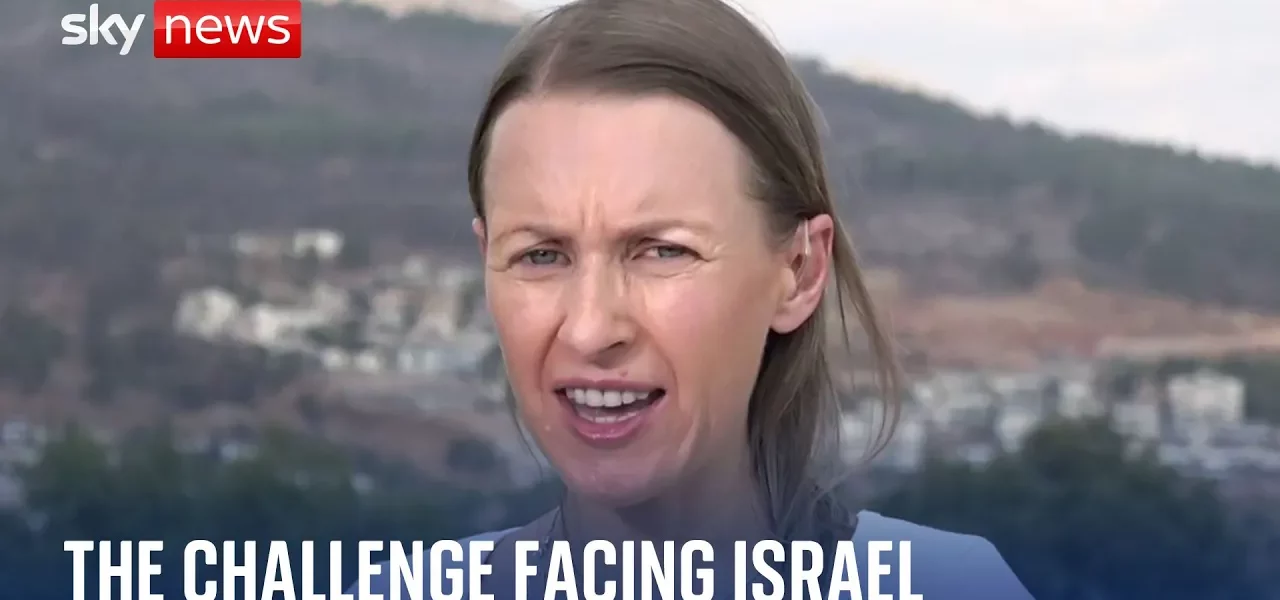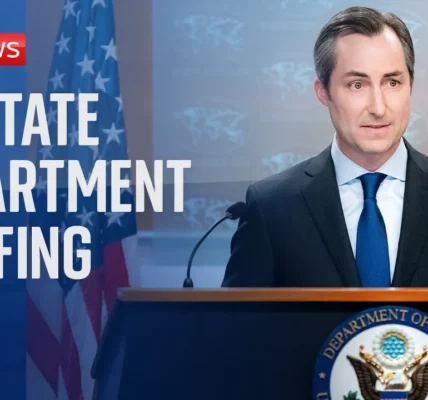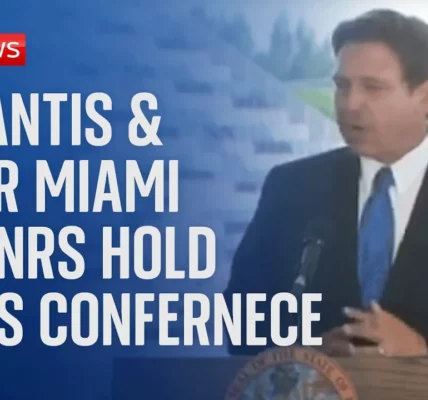Israel’s Escalation Against Hezbollah: A Geopolitical Analysis

This article delves into the recent military escalation between Israel and Hezbollah, exploring the strategic implications for the region and the potential involvement of Iran. We analyze the ongoing conflict, the geographical challenges faced by Israel, and the military capabilities of both sides.
Introduction
The ongoing conflict between Israel and Hezbollah has reached new heights, with Israel’s military operations intensifying against Hezbollah in Lebanon. This article aims to provide a comprehensive overview of the current situation, examining Israel’s military strategies, the geographical challenges it faces, and the potential ramifications of further escalation, particularly concerning Iran’s involvement. As tensions in the region rise, understanding the dynamics at play is crucial for grasping the broader implications for Middle Eastern geopolitics.
Israel’s Military Strategy and Objectives
Israel’s recent military actions have sparked widespread analysis and concern among geopolitical experts. Understanding the motivations behind these actions is essential to grasp the full scope of the conflict.
Targeting Hezbollah’s Leadership
One of Israel’s primary objectives has been to dismantle the leadership structure of Hezbollah. This strategy includes:
- Elimination of key leaders within Hezbollah.
- Strikes against high-ranking lieutenants to disrupt command and control.
- Destruction of significant weaponry stockpiles.
These actions have raised the question: Why stop at Hezbollah? Analysts speculate that Israel may consider targeting Iran, its arch-foe, which could lead to unprecedented escalation in the region.
Challenges of Geographical Terrain
The geographical landscape of Lebanon presents significant challenges for Israeli forces. The mountainous terrain complicates military operations, leading to several considerations:
- Difficulty in deploying armored vehicles like tanks.
- Hezbollah’s intimate knowledge of the terrain, providing them a tactical advantage.
- Historical challenges faced by Israel during previous conflicts in Lebanon.
These factors underline why Israel must tread cautiously in its military endeavors, despite its superior military capabilities.
Hezbollah’s Military Capabilities
Hezbollah has emerged as the largest paramilitary force in the region, posing a formidable challenge to Israeli operations. Understanding their military capabilities is crucial for analyzing the conflict.
Arsenal of Missiles
Hezbollah’s military strength is significantly enhanced by its extensive arsenal of missiles. Despite Israeli strikes aimed at reducing these stockpiles, Hezbollah remains well-armed, which includes:
- Short-range tactical missiles.
- Long-range missiles capable of reaching deep into Israeli territory.
- Advanced anti-tank weaponry, which poses a threat to Israeli ground forces.
These capabilities not only empower Hezbollah but also serve as a deterrent against Israeli military operations.
Potential Iranian Involvement
While Iran has maintained a relatively restrained position thus far, the potential for their involvement remains a critical factor in the conflict. Analysts are concerned about:
- Iran’s strategic support for Hezbollah in terms of military resources and training.
- The possibility of direct military engagement should Israel escalate its operations further.
- Regional instability that could arise from an expanded conflict involving multiple state and non-state actors.
Current Situation and Future Implications
As of now, tensions remain high in the region. Recent reports indicate air raid sirens sounding in Tel Aviv, which adds to the uncertainty regarding the immediate future of the conflict.
Implications for Regional Stability
The ongoing conflict has significant implications for regional stability. The potential for escalated violence could lead to:
- Increased military engagement from Iran and other regional players.
- Humanitarian crises arising from intensified military operations.
- Global economic impacts due to disruptions in Middle Eastern oil supplies.
It is essential for international stakeholders, particularly the United States, to monitor these developments closely to mitigate further escalation.
Conclusion
In summary, the conflict between Israel and Hezbollah represents a complex interplay of military strategy, geographical challenges, and geopolitical implications. As Israel continues its offensive operations, the potential for a broader conflict involving Iran looms ever larger. Understanding these dynamics is crucial for anticipating future developments in the region. For those interested in following this evolving situation, stay informed through reliable news sources and analysis.
Explore more about the geopolitical landscape by visiting our related articles on Middle Eastern conflicts and military strategies.
“`




